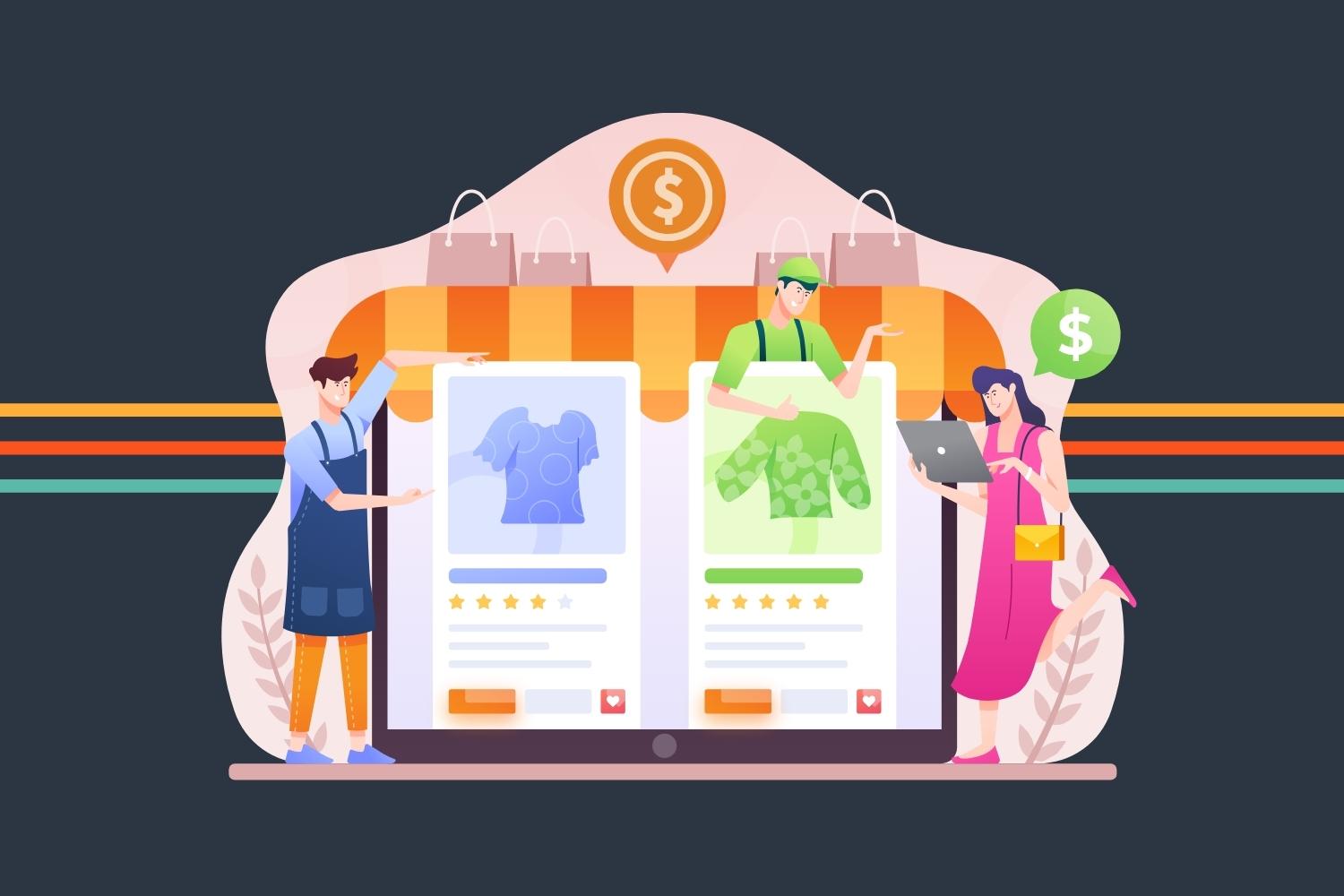Which E-Commerce Delivery Model Is Best for Your Business?
If your company has shipping problems, it might be time to reevaluate your delivery model. Here’s a list of some options that could work for your business.
When it comes to selecting an e-commerce delivery method, there are many options to choose from. Each model has its own unique features and advantages, which will benefit or possibly even hurt your company in many ways. That’s why it’s essential to carefully consider the ins and outs of each option and how they align with your specific needs. No need to worry, though—we’re here to help you explore each e-commerce delivery model so that you can confidently select the best fit for your business.
Embracing the Convenience of Drop-Shipping
One of the most popular e-commerce delivery models, drop-shipping allows you to run an online store without having to worry about inventory management or order fulfillment. In this model, you partner with a drop-shipping supplier who takes care of storing, packing, and shipping products on your behalf. As a result, you can focus all your attention on marketing and growing your business.
What sets drop-shipping apart from other models is the minimal starting capital required and the convenience it offers. Not having to deal with the hassle of physically handling the products will save you lots of money and stress. This makes it easier to test and adapt your product offering as needed. The drop-shipping model is suitable for both newcomers to the e-commerce world and established businesses looking to expand their product lines.
Going the White-Label Route
White-label e-commerce involves selling products that another company has created under your own brand name. This model allows you to harness the expertise and resources of established manufacturers to provide high-quality products to your customers while maintaining control over branding, pricing, and marketing strategy.
The primary advantage of white-labeling is that it can save you time and money in product development while enabling you to create a strong brand presence in your chosen niche. It’s an especially appealing option if your strengths lie in marketing and customer relations rather than product design and manufacturing.
Creating Authenticity With Private-Label E-Commerce
Similar to white-labeling, private-label e-commerce involves partnering with a manufacturer to produce goods sold under your brand name. However, with private-label products, you have a higher degree of control over the design, materials, and production process because the products you receive from other companies are exclusive to your brand. This allows you to create a truly unique and differentiated offering.
Private-label e-commerce is an excellent option for businesses with the resources and vision to build a compelling, authentic brand. By carefully selecting your manufacturing partner and working closely with them, you can develop products that genuinely reflect your brand’s values and vision. This approach can result in higher customer loyalty and a more robust brand identity, helping your business thrive in today’s competitive market.
Buying in Bulk With Wholesaling
In the wholesale e-commerce delivery model, online merchants buy products in bulk at a discounted rate from a manufacturer or supplier and then resell them to customers at a markup. This model can lead to significant profit margins if you’re able to source high-quality products at affordable prices.
An important thing to know about wholesaling is that you’ll need adequate storage space for your inventory and a reliable shipping system to ensure timely deliveries. Good supplier relationships are key in this model since establishing trust and maintaining communication are essential for receiving the best deals and terms for your products. If you can achieve that and have a large enough consumer base to sell to, you’ll find a lot of success with this method.
Using a Subscription Service for Consistency
Finally, we have the subscription service delivery model. With this technique, abusiness provides a recurring delivery of products or services to customers for a recurring fee. This model is ideal for niche markets, where you can cater to a specific interest or need, effectively nurturing your customer base through curated products or experiences.
Subscriptions used to be more widespread years ago, but they’ve regained popularity in recent years. That’s because they encourage customer loyalty and provide a consistent, predictable revenue stream. Offering your customers a tailored experience creates a strong connection between your brand and your consumer base.
This method certainly doesn’t work for every business, but there are creative ways you can implement a subscription model—from monthly subscription boxes to recurring deliveries of consumable products. You can even create access to exclusive content or virtual products through your service.
Which Is Best for You?
While there’s no straight answer to which e-commerce delivery model is best for your business, that doesn’t mean all of them will work optimally for you. Ultimately, understanding your target audience and identifying their unmet needs is the cornerstone to selecting the best e-commerce delivery model for your business. If you’ve spent too much time wondering how to improve your order fulfillment process, start by evaluating the method you use. A simple change can make a world of difference.
